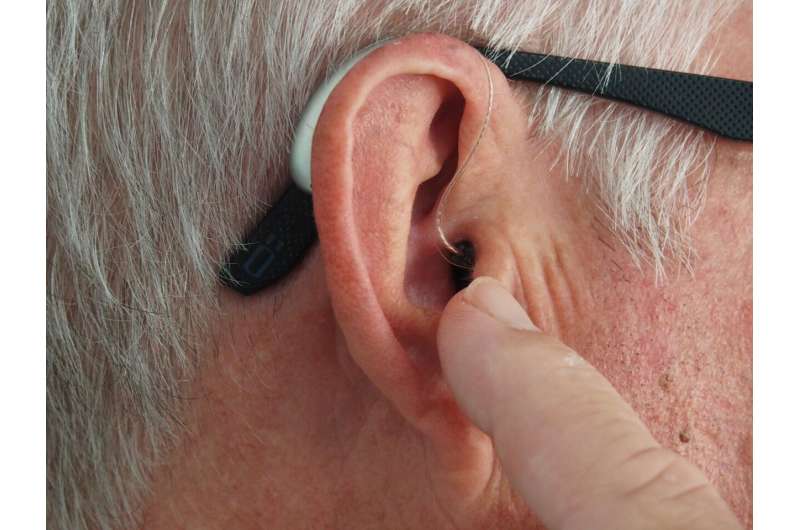Global Disparities in Hearing Loss and Hearing Aid Usage Highlight Cultural and Structural Challenges

A comprehensive study reveals that countries with high levels of hearing loss often have low hearing aid adoption, highlighting global disparities influenced by socioeconomic and cultural factors. Addressing these barriers is crucial for improving hearing healthcare worldwide.
Recent international research published in BMJ Global Health reveals that countries reporting the highest rates of hearing loss simultaneously show the lowest levels of hearing aid adoption. The study analyzed data from eight long-term, nationally representative studies spanning 28 countries between 2001 and 2021, including regions like Latin America, Asia, Africa, Europe, and North America.
The findings indicate a significant variation in self-reported hearing loss, with China exhibiting the highest prevalence at 65%, and South Africa the lowest at 16.5%. Despite high rates of hearing difficulties in countries like China, South Korea, Mexico, and Brazil, the utilization of hearing aids remains minimal, ranging from just 1% in China to 6% in Brazil. Conversely, higher-income regions such as Northern and Western Europe and the U.S. report better hearing aid use, reaching from 24% to 39% among those with hearing loss.
Age-related patterns showed that hearing loss prevalence increased with age across all regions. However, the rates of hearing aid use and gender differences varied widely. In high-use regions, hearing aid adoption increased linearly with age, especially among women, whereas in areas like South Africa and China, usage remained low regardless of age or gender, with men generally more likely to wear hearing aids.
The study highlights the complex interplay of structural, socioeconomic, and cultural factors influencing hearing health. In many low- and middle-income countries, limited access to audiology services, stigma, and economic barriers significantly hinder treatment uptake. Even in wealthier nations with comprehensive insurance coverage, not all individuals with hearing loss pursue or obtain hearing aids.
Researchers emphasize that addressing these disparities requires a multifaceted approach, including improving healthcare infrastructure, reducing stigma, and increasing awareness about hearing health. Recognizing the importance of early intervention and accessible hearing care, the study underscores that structural systems and societal norms heavily influence hearing aid adoption worldwide.
This research underscores the need for global health strategies to reduce barriers to hearing care and enhance the quality of life for individuals experiencing hearing loss. The findings suggest substantial room for improvement in making hearing aids more accessible and acceptable across diverse socio-cultural contexts.
Stay Updated with Mia's Feed
Get the latest health & wellness insights delivered straight to your inbox.
Related Articles
Early Eye Movements in Toddlers Predict Future Memory Judgment Abilities
Research shows that toddlers' eye movements during memory tasks can predict their ability to judge the accuracy of their memories one year later, highlighting the role of early visual exploration in developing self-awareness of memory.
Rising Incidence of Breast Cancer Among Young Women Explained
Breast cancer rates are rising among women aged 20 to 49, driven by earlier menarche, reproductive trends, and lifestyle factors. Learn about the causes, risks, and preventative strategies.
Blood Plasma Highlights Common Biological Pathways in Neurodegenerative Disorders
A landmark study identifies common protein pathways in Alzheimer's, Parkinson's, and FTD, paving the way for earlier diagnosis and new treatment strategies in neurodegenerative diseases.
First-Time Mothers Face Severely Disrupted Sleep in Early Postpartum Period
New mothers experience severe sleep disruption during the first weeks after childbirth, averaging just 4.4 hours of sleep with persistent fragmentation for months, impacting postpartum recovery and mental health.



